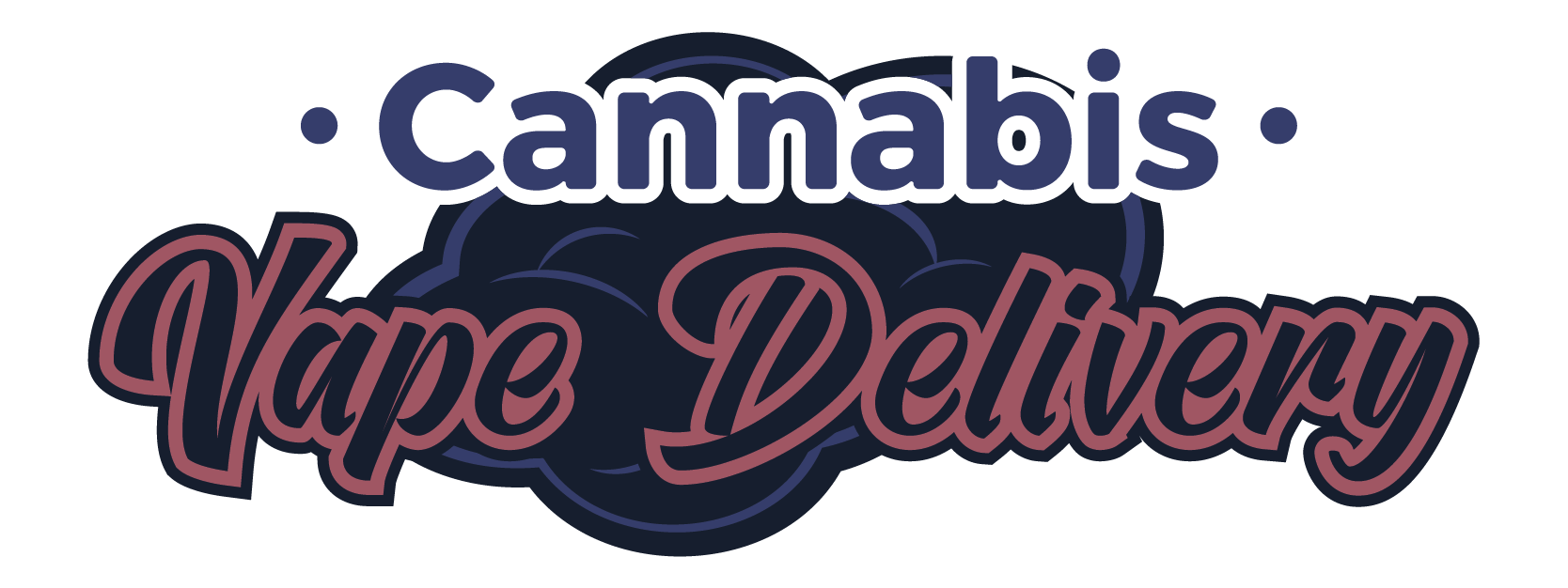Behind the Lab Doors: How Cannabis Vape Oil Is Tested Before It Reaches Store Shelves
When cannabis vape oil hits dispensary shelves, it has already undergone a rigorous journey far beyond extraction and flavor profiling. One of the most critical steps—often overlooked by consumers—is the lab testing phase. Cannabis testing labs play a crucial role in ensuring product safety, potency, and regulatory compliance before vape oils are packaged and sold to the public.
1. Why Testing Matters
Testing cannabis vape oil isn’t just a formality—it’s a public health safeguard. With growing concerns over contaminants and mislabeling, lab tests help prevent products with unsafe levels of heavy metals, pesticides, residual solvents, or microbial contamination from reaching customers. The goal is to protect consumers while maintaining confidence in cannabis retail markets.
2. The Sampling Process
Before any testing begins, a licensed third-party laboratory receives a sample of the vape oil directly from the manufacturer or distributor. Sampling must follow state-specific regulations to ensure it accurately represents the larger batch. Labs are required to document a strict chain of custody from pickup to test to final report to prevent any manipulation or contamination of the sample.
3. Potency Testing
One of the first tests conducted is cannabinoid profiling. Using high-performance liquid chromatography (HPLC) or gas chromatography (GC), labs determine the exact percentage of THC, CBD, CBG, and other cannabinoids present in the oil. This helps dispensaries and consumers understand product strength and make informed dosage decisions.
Some states require that THC levels be accurate within a specific margin of error—usually +/- 10%. Mislabeling can lead to fines or product recalls.
4. Terpene Profiling
Terpenes contribute to the aroma, flavor, and potential therapeutic effects of vape oil. Testing labs use methods like GC-MS (gas chromatography-mass spectrometry) to identify and quantify terpene content. While not mandatory in every state, terpene profiling is increasingly included for premium vape oils marketed for specific effects, such as relaxation, creativity, or focus.
5. Contaminant Testing
Safety testing is perhaps the most crucial part of the lab process. Vape oils must be screened for a range of potential contaminants:
- Pesticides: Even organic or sun-grown cannabis can be exposed to environmental pesticides. Labs screen for dozens of harmful compounds using mass spectrometry or liquid chromatography.
- Residual Solvents: Solvent-based extraction methods, like butane or propane, may leave traces behind. Labs check for residual solvents to ensure concentrations fall within legal limits (typically parts per million).
- Heavy Metals: Vape cartridges and oil packaging may leach metals like lead, arsenic, cadmium, or mercury. ICP-MS (Inductively Coupled Plasma Mass Spectrometry) is often used to detect these metals at microscopic levels.
- Microbial Contaminants: This test screens for mold, yeast, E. coli, and salmonella, ensuring the oil is free from harmful bacteria or fungi.
6. Mycotoxins and Other Advanced Testing
Some jurisdictions require testing for mycotoxins—toxins produced by fungi—as well as aflatoxins and other naturally occurring biological threats. Although rare in vape oil, these tests add another layer of safety, especially in humid or poorly stored products.
7. Certificate of Analysis (COA)
Once testing is complete, the lab issues a Certificate of Analysis. The COA is a detailed document listing the cannabinoid breakdown, contaminant results, and verification of compliance with state standards. This certificate is typically linked via QR code on the vape oil’s packaging, allowing consumers to verify authenticity and quality.
Parting Thoughts
Cannabis vape oil may seem like a sleek, ready-to-go product on the shelf, but it only earns its place after passing a comprehensive series of lab tests. These safeguards not only protect public health but also uphold industry standards and consumer trust. As the cannabis market matures, transparency in testing remains a cornerstone of responsible production.
